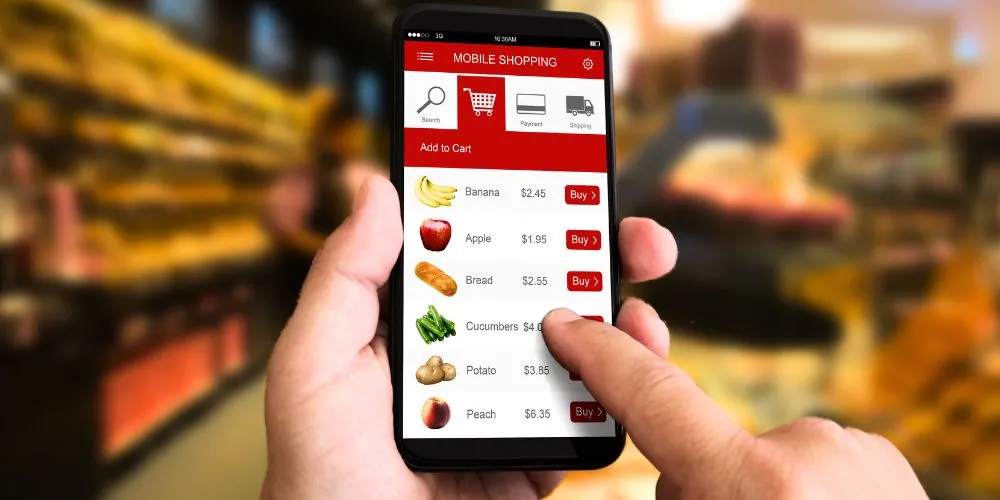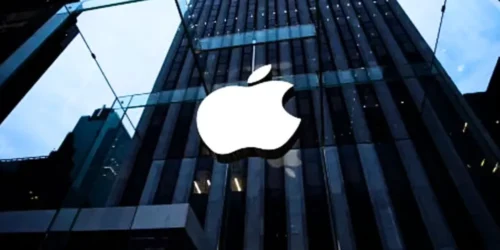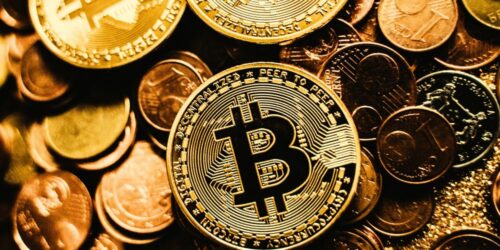A new and seductive form of debt has quietly embedded itself into nearly every online checkout page: the “Buy Now, Pay Later” (BNPL) service. Offered by slick fintech companies, these services allow you to split the cost of a purchase into a series of smaller, interest-free installments.
It feels like a smart, responsible way to manage your budget. But beneath this veneer of convenience and financial empowerment lies a modern, sophisticated debt trap that is encouraging overspending and pushing millions of consumers, especially the young and financially inexperienced, toward a dangerous cliff of over-indebtedness.
BNPL services have brilliantly exploited a psychological loophole. Splitting a $200 purchase into four payments of $50 makes the initial cost feel trivial, lowering the mental barrier to spending. It doesn’t feel like taking on debt; it feels like a clever hack. But this is an illusion.
Consumers are juggling multiple payment plans from different providers, making it incredibly difficult to track their total outstanding debt. A single missed payment can trigger a cascade of punitive late fees and, in some cases, a negative report to credit bureaus, damaging a person’s financial future for years.
Unlike credit cards, which are subject to stringent regulations about affordability checks, the BNPL industry operates in a largely unregulated gray area. They are, in effect, extending credit without the traditional consumer protections.
We need urgent regulatory oversight of this rapidly growing industry. Buy Now, Pay Later is not a harmless budgeting tool; it is a powerful catalyst for impulse buying and a stealthy, efficient new way to fall into a cycle of debt.













